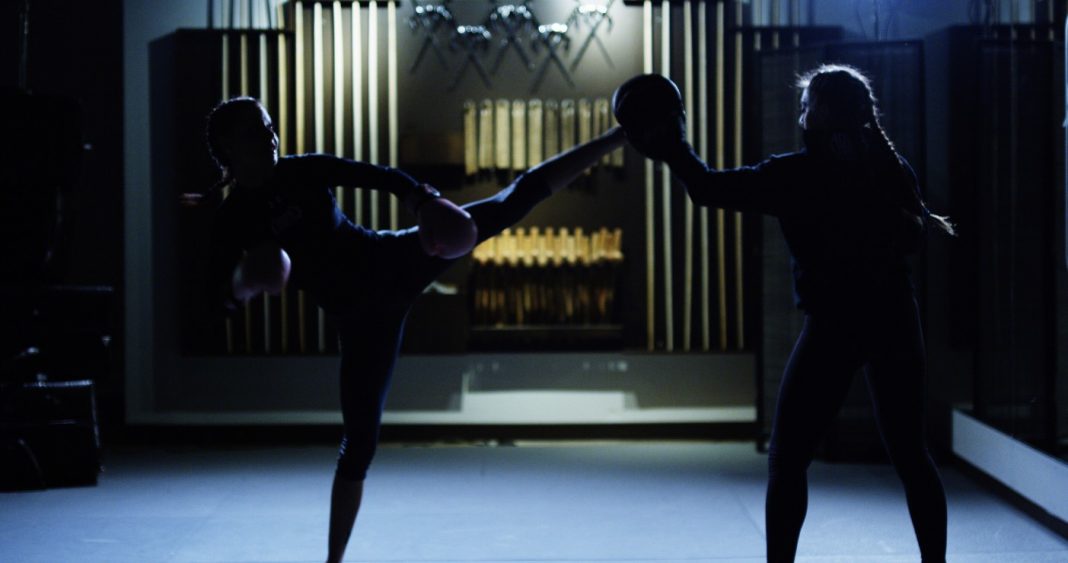UPDATED February 10, 2022 This piece has been updated to reflect the emergence of new technology


Christian Mathews Security Writer
Self-defense has become a necessity in today’s world. Martial arts is one of the most popular self-defense methods out there.
Learning martial arts is great not only to learn how to fight for yourself but also great for family safety and improves your health life in various ways. Of course, there are a host of physical benefits that await you with any martial arts that you pick, but you will also find a lot of mental stability as well. But which is the best martial art that you can choose for self-defense? This is what we are going to explore today.
How To Choose The Right Martial Arts For Self Defense
Choosing a martial art for self-defense is a complicated affair. To make the right choice, you need to consider the following things:
Effectiveness
Not all martial arts are the same when it comes to effectiveness, especially when choosing a martial art for self-defense. They all vary in the kind of power they provide you with and the kind of self-defense skills they equip you with.
For instance, we all know about Karate and Taekwondo and how great these two martial arts are for building strength and character. However, they might not be as effective for self-defense as Jiu-Jitsu or Muay Thai.
Time To Learn
How much time are you willing to dedicate every week to your martial art practice? And by what time do you actually want to start putting your practice to real life? Do you want to learn martial arts within six months? Well then, boxing and wrestling would be the way to go. But if you are willing to dedicate more than six months to your practice, and more than two days a week every week, then you might be able to pick up more Muay Thai or Jiu Jitsu.
Availability (In Your Area)
This goes without saying, of course. No matter the effectiveness of martial art or the amount of time you provide for practice, it all comes down to whether that martial art is available in your area or not. Check on Google whether there are professional trainers available to guide you through your training. Make sure that they have good reviews. After all, you don’t want to perform these activities with bad form and fall prey to injuries!
Overall Interest
At the end of the day, everything depends upon what you are interested in. Even if Muay Thai or Jiu Jitsu are more effective than others, it will not make a difference if you are simply not interested to learn. This is why it would be best for you to research a little bit on the various martial arts and then figure out where your interest lies.
How To Choose The Right Martial Art For You
Let’s go over some of the major martial arts so that you can make an informed decision about choosing the right martial art for self-defense.
Taekwondo
Taekwondo is one of the most popular martial arts out there. It focuses more on kicks rather than punches because it is based on the theory that our legs can deliver heavier and faster blows on opponents than arms. While this makes this martial art highly unique, it might not be the most effective, especially in street-fighting situations. For instance, in close combat, where there is not a lot of space to work with, a sharp jab by the hand might be more effective in such situations than a roundhouse kick.
Karate
Karate is a martial art that was first developed in Japan by Gichin Funakoshi. There are several styles of fighting under the broader umbrella of karate. Karate is not very effective for self-defense (it is better for building discipline and character), and this is largely true for most styles – except for the Shotokan style. The Shotokan style of Karate is highly effective for heavy and powerful blocks, kicks, and linear strikes.
Judo
Developed in Japan by Martial artist Jigaro Kano, Judo is highly popular across the world. This is a grappling-style martial art which focuses more on sweeps, locks and throws. This is an extremely natural form of self-defense and can be highly effective. However, Judo does not equip you with strikes or kicks, which might sometimes become necessary in altercations on the streets.
Boxing
Boxing is one of the most effective martial arts out there for self-defense. It focuses on a natural form of fighting, i.e., punching, which strengthens your upper body and prepares you for street combat. Boxing provides you with several different skills to defend yourself, especially if you wish to knock someone out. Footwork is also fundamental in boxing, making you incredibly agile and quick on your feet.
Wrestling/Grappling
Wrestling is one of the few martial arts that come from the West. It does not involve any strikes or kicks, but it focuses a lot on throws, sweeps, locks and footwork. This is a great form of self-defense because it works to build a natural grappling style that can be used to pin your opponent to the ground. However, wrestling also has the same limitations as Judo, which focuses on grappling too.
Muay Thai (and Kickboxing)
Muay Thai is very similar to American kickboxing, and it is supremely versatile when it comes to self-defense. This martial art focuses on knees and elbows just as much as it does on fists and feet to throw attacks. It is also highly effective in almost every range. Rigorous training and conditioning of bones are what makes this form of fighting so powerful. However, the major con to this martial art is that it might take you a while to learn Muay Thai.
Jiu-Jitsu
Jiu-Jitsu is one of the most effective martial arts for self-defense, and here’s why. It does not rely on strength and physical power, but it focuses more on skill and technique. This is why it is generally recommended to beginners. It specializes in takedowns and allows you to fight against much bigger opponents than you in size.
There are many self defense classes for beginners to get you started, which of these martial arts are you most interested in?
For more resources there are tons of books and videos to guide you further.


















































